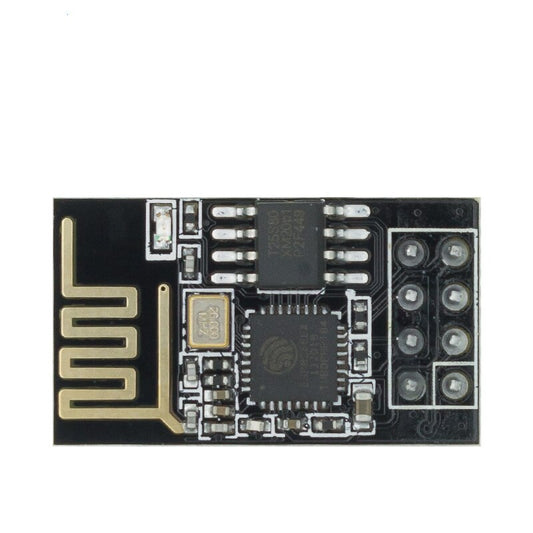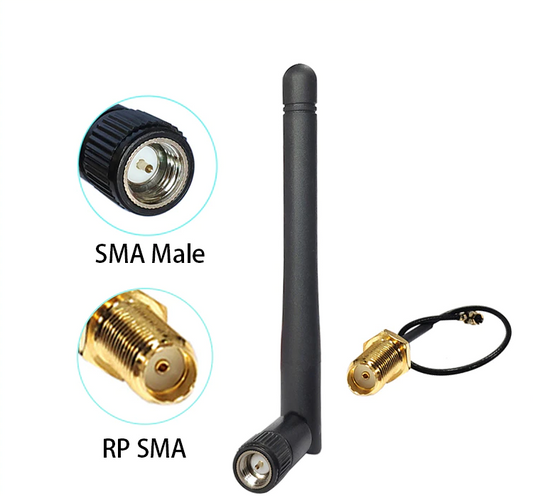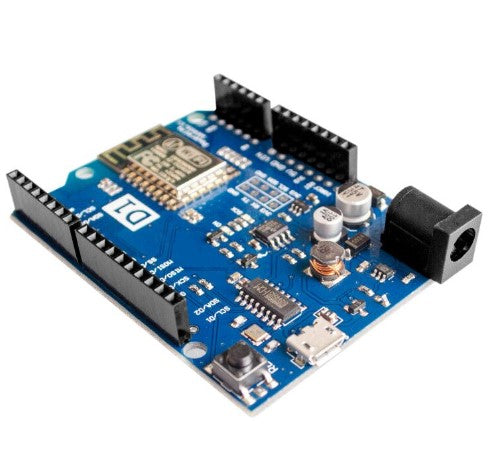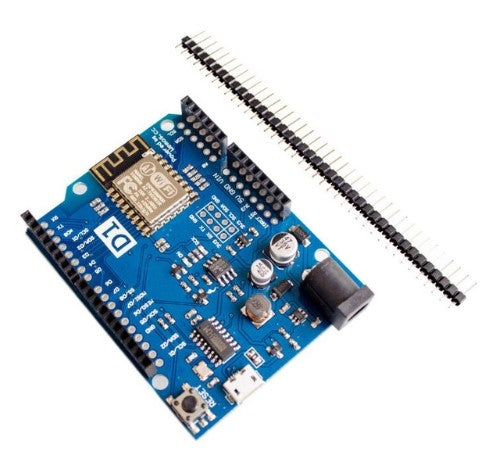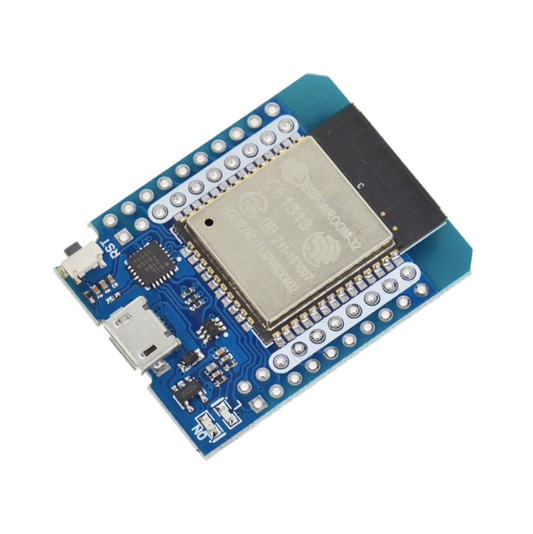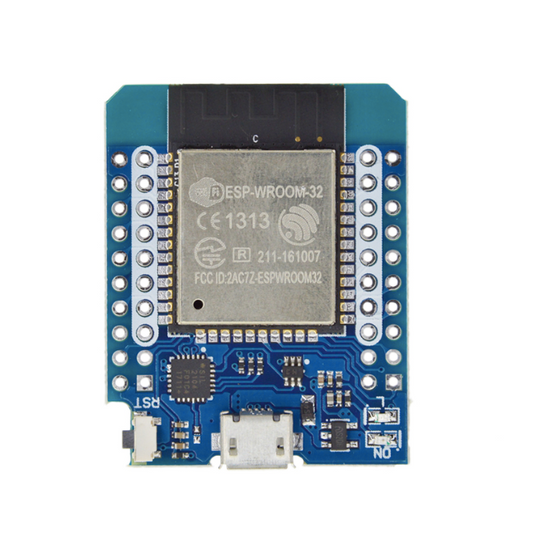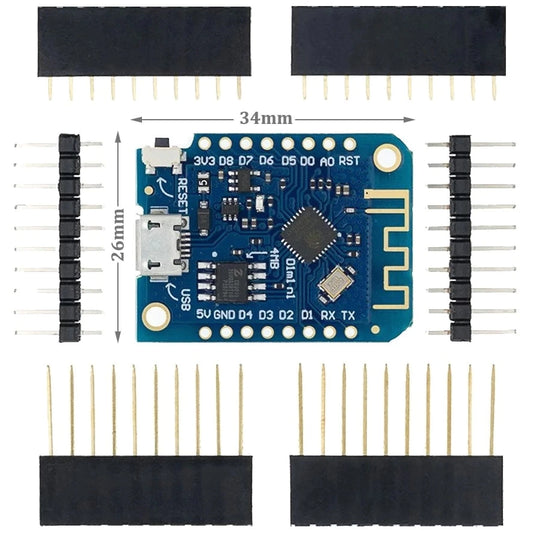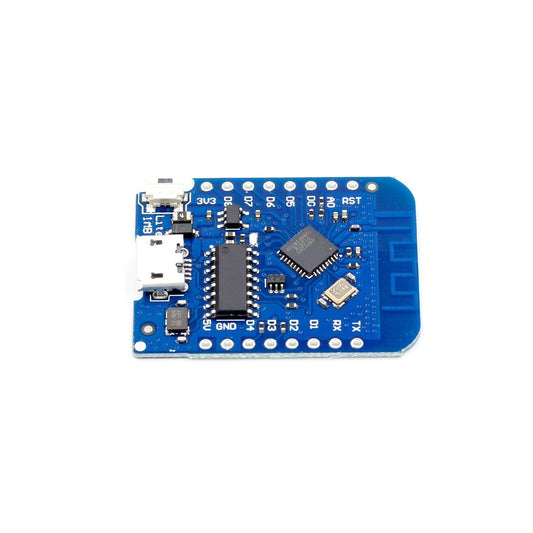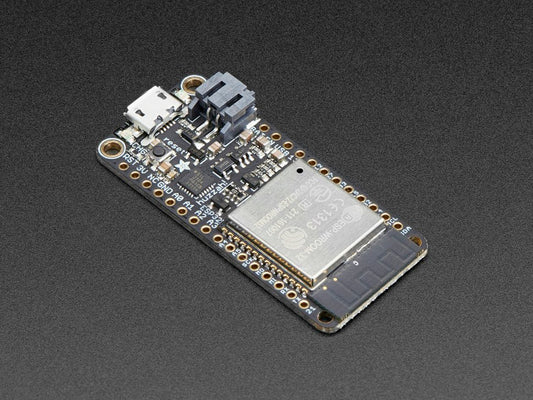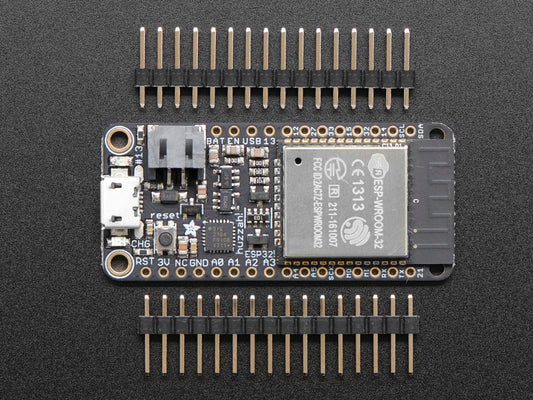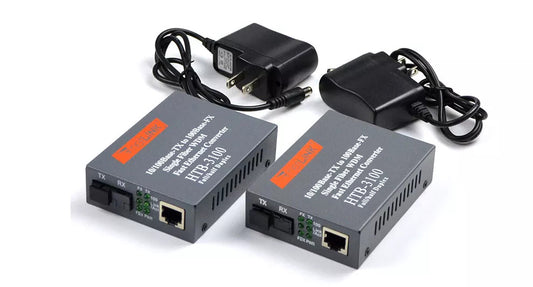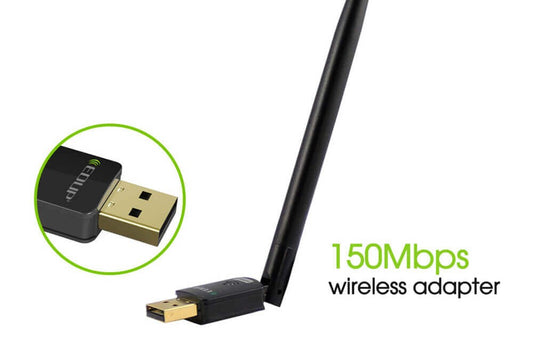WiFi & Ethernet Modules Philippines: IoT Networking | Circuitrocks
WiFi & Ethernet Modules — IoT Networking for Arduino, ESP & Raspberry Pi
Connect your projects to the network using WiFi modules, Ethernet modules, and IoT wireless adapters. Ideal for automation, remote monitoring, smart home devices, and cloud-connected systems.
WiFi • Ethernet • IoT • ESP8266 • ESP32 • LAN Modules
Why choose these modules
-
Reliable networking: stable WiFi or wired Ethernet
-
Flexible options: ESP modules, LAN shields, USB adapters
-
PH support: firmware flashing, AT commands & IoT setup help
Popular uses
- IoT dashboards & cloud data logging
- Smart home devices & automation
- Wireless sensor networks
- Remote control & monitoring systems
- LAN-connected devices & SBC networking
Networking categories
WiFi Modules
- ESP8266 (NodeMCU, ESP-01)
- ESP32 WiFi/BLE boards
- WiFi serial/AT modules
Ethernet Modules
- W5100/W5500 LAN modules
- Ethernet shields for Arduino
- RJ45 LAN breakout boards
Network Adapters
- USB WiFi adapters
- USB-to-Ethernet adapters
- Long-range WiFi antennas
Tip: For the most stable IoT devices, choose wired Ethernet (W5500) or ESP32 with reliable 2.4GHz WiFi.
Networking chooser (quick guide)
| Need |
Best module |
Notes |
| Simple WiFi IoT projects |
ESP8266 (NodeMCU) |
Easy to use, Arduino-compatible. |
| Fast WiFi + BLE + more GPIO |
ESP32 |
Dual-core, great for advanced IoT systems. |
| Stable wired connection |
W5500 Ethernet module |
Best for industrial or long-run networking. |
| Add WiFi to laptops/SBCs |
USB WiFi adapter |
Plug-and-play for Raspberry Pi & PCs. |
| Long-distance WiFi |
High-gain WiFi antenna |
Improves range & signal strength. |
Choose based on WiFi vs wired Ethernet, data rate needs, GPIO availability, and IoT platform requirements.
Starter bundles
-
IoT Starter Kit: ESP8266 + sensors + cloud setup
-
ESP32 Wireless Pack: ESP32 + display + WiFi antenna
-
LAN Control Kit: W5500 module + Arduino + cables
FAQ
ESP8266 or ESP32—which is better?
ESP8266 is simple and low-cost; ESP32 offers BLE, more GPIO, and faster performance.
Do Ethernet modules need external power?
Yes—most require 5V, and some offer 3.3V logic but need stable supply current.
Can these modules connect to IoT cloud platforms?
Yes—ESP modules and Ethernet shields work with MQTT, HTTP, Firebase, Blynk, and more.
Do you ship nationwide?
Yes—fast shipping anywhere in the Philippines.

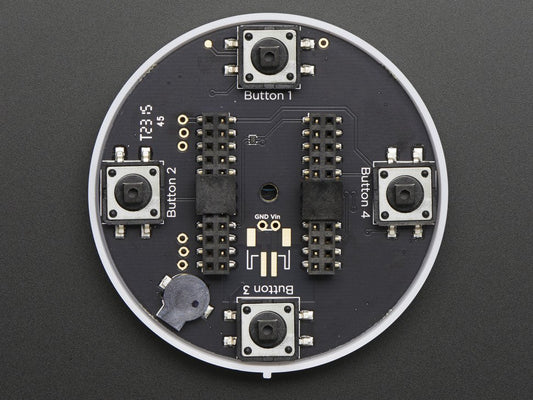 Sold out
Sold out
